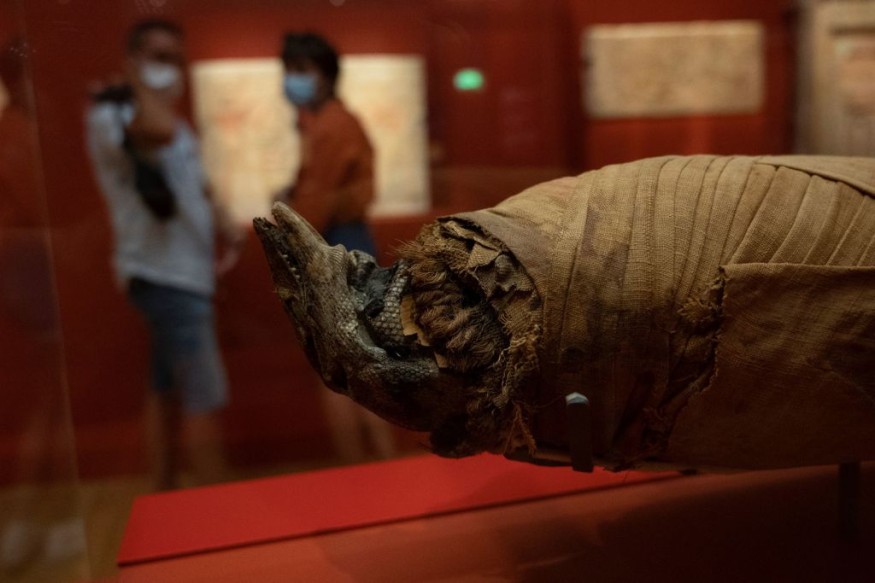
An international team of scientists took pictures of six bodies interred in 8,000-year-old tombs in southern Portugal.
World's Oldest Mummy From Portugal
In a recent examination of hitherto unreleased pictures, the earliest humanoid corpses do not come from Egypt or perhaps even Chile, but instead from Europe, this is according to Cambridge University Press release.
Upon assessing the photographs and exploring the grave sites, over a couple of extra primitive carcasses were discovered all through 1960s archaeological digs in Portugal's southern Sado Valley, and potentially to find things simpler to transmit prior to actually interment, at least one of the other carcasses had already been embalmed.
There are also indications that further remains entombed at the property may well have been discovered when utilizing images to recreate the graves at the two locations. The remains of one skeletal system were found to be hyper flexed, wherein the legs and arms was once shifted further than one normal boundary, indicating that the victim was bound with now-disintegrated extensions that were enforced since the person's passing.
If some of the tombs were carried to the Sado Valley locales to be entombed, as the research teams propose, mummification which results in much thinner and lightweight rotting corpses, might well have managed to make them faster and more efficient to travel.
There were also no indicators that the dirt of the prehistoric tomb had shifted when the person's muscle tissue disintegrated, a phenomenon that decreases the size of the cadaver, culminating in the underlying silt covering up the gaps left alone, implying that no such disintegration occurred.
While scientist Michael Parker Pearson of University College London remarked that it's quite thrilling to have the method acknowledged abroad in Europe. Pearson's team pioneered this method to evaluate mummification in archaic remains over two decades ago.
As per Rita Peyroteo-Stjerna, a bioarchaeologist at Uppsala University in Sweden, even though mummification is moderately simple in very dry weather such as the Atacama Desert, scientific proof for it is tough to locate in Europe, where much extremely wet environments indicate that mummified connective tissue infrequently remain secured.
Experts also noticed that the skeleton's components remained linked, or joined and in position, following the interment, particularly the absolutely tiny joints of the legs, which normally come off from each other entirely when a person decays.
Parker Pearson's crew discovered indications of mummification in carcasses from an island in Scotland that were around 3,000 years old; and while the preserved corpse from the Sado Valley was considerably ancient, he informed Live Science in a statement that this may not be the globe's longest so far.
The 8000-Year-Old Mummy
As to the experts, the natural fermentation technique also involved the usage of flame to empty out the corpse, and the bonds on the corpse were gradually reinforced throughout period, keeping its structural coherence while enhancing the bending of the extremities.
While findings from other historical bones from the very similar location indicates those corpses were handled similarly, Peyroteo-Stjerna noted those samples do not demonstrate the comparable mix of findings.
In a statement of Peyroteo-Stjerna, the evaluation of the prehistoric tombs was also based on data from skeletal disintegration studies done at the Biomedical Sciences Experimental Institute at Texas State College, where one of the investigators had attended.
The deceased individual appeared to have been wrapped up and positioned on an external unit, including a high podium, to enable breakdown materials to fade freely from future interaction with the corpse.
© 2025 NatureWorldNews.com All rights reserved. Do not reproduce without permission.





